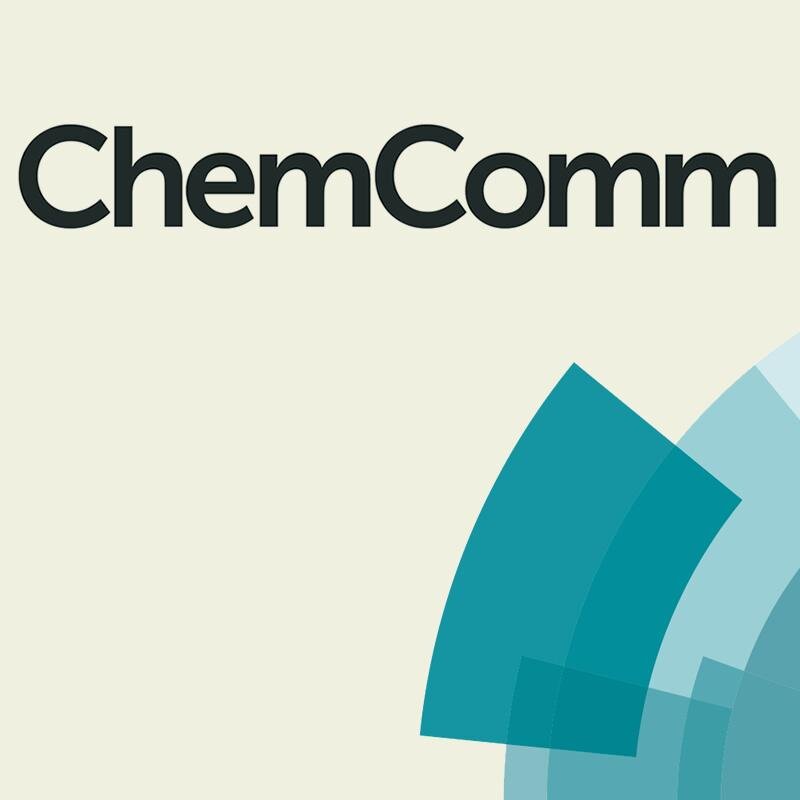We are pleased to welcome nominations for the 2017 Emerging Investigator Lectureships for ChemComm and Chem Soc Rev.
All nominations must be received by Monday, 30 January 2017.
Nominations are open for these journal lectureships – only one entry needed per nominee, as each nomination will be considered for both competitions as appropriate.
ChemComm Emerging Investigator Lectureship
• Recognises emerging scientists in the early stages of their independent academic career
• Eligible nominees should have completed their PhD on or after the 15th September 2008, and should also have published as least one article in ChemComm during the course of their independent career
Chem Soc Rev Emerging Investigator Lectureship
• Recognises emerging scientists who have made significant contributions to their research field
• Eligible nominees should have completed their PhD on or after the 15th September 2008
Lectureship details
• Recipients of these lectureships will each be invited to present a lecture at three different locations over a 12-month period, with at least one of these events taking place at an international conference.
• Each recipient will receive a contribution of £1500 towards travel and accommodation costs for their lectures, as well as a certificate.
• Recipients will be asked to contribute a review article for the specific journal awarding their lectureship.
How to nominate
Self-nomination is not permitted. Nominators must send the following to the editorial team via chemcomm-rsc@rsc.org OR chemsocrev-rsc@rsc.org by Monday, 30 January 2017. Each nomination will be considered for both lectureships.
• Recommendation letter, including the name, contact details and website URL of the nominee.
• A one-page CV for the nominee, including their date of birth, summary of education, career and key achievements, a list of up to five of their top independent publications, total numbers of publications and patents, and other indicators of esteem, together with evidence of career independence.
• A copy of the candidate’s best publication to date (as judged by the nominator).
• Two supporting letters of recommendation from two independent referees. These should not be someone from the same institution or the candidate’s post doc or PhD supervisor.
The nominator and independent referees should comment on the candidate’s presenting skills.
Incomplete nominations or those not adhering to the above requirements will not be considered, and nominees will not be contacted regarding any missing or incorrect documents.
Selection procedure
• The editorial team will screen each nomination for eligibility and draw up a shortlist of candidates based on the nomination documents provided.
• Shortlisted candidates will be asked to provide a brief supporting statement summarising their key achievements, highlighting the impact of their work and justifying why they deserve the specific lectureship for which they have been entered.
• Recipients of each lectureship will then be selected and endorsed by a selection panel composed of members of each journal’s Editorial Board. Winners of the lectureships will be announced in the first half of 2017.
NB: Please note that members of the selection panel from the ChemComm and Chem Soc Rev Editorial Boards are not eligible to nominate, or provide references, for these lectureships.
For any queries, please contact the editorial team at chemcomm-rsc@rsc.org or chemsocrev-rsc@rsc.org.
Comments Off on Journal lectureships 2017 – nominations open!



























